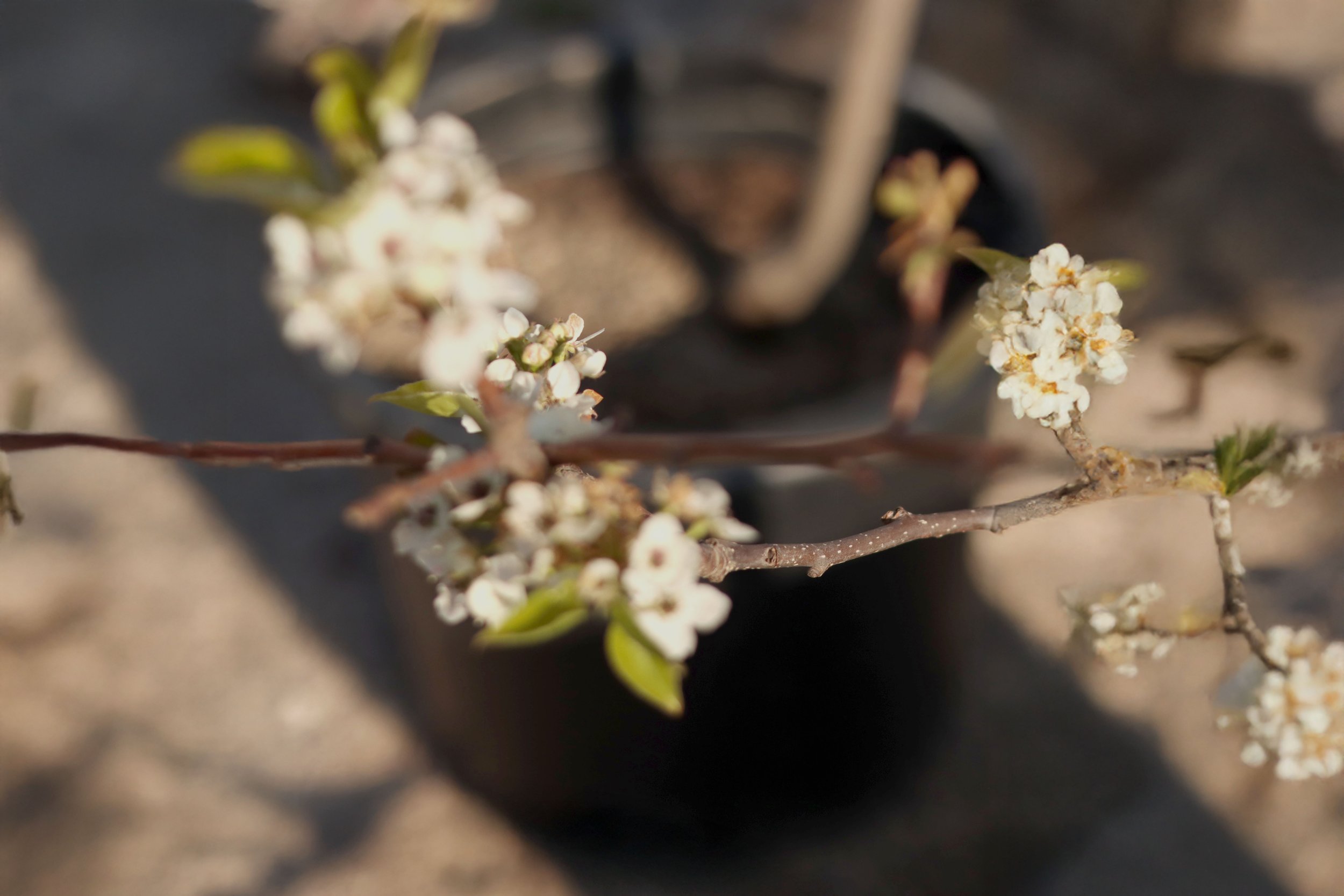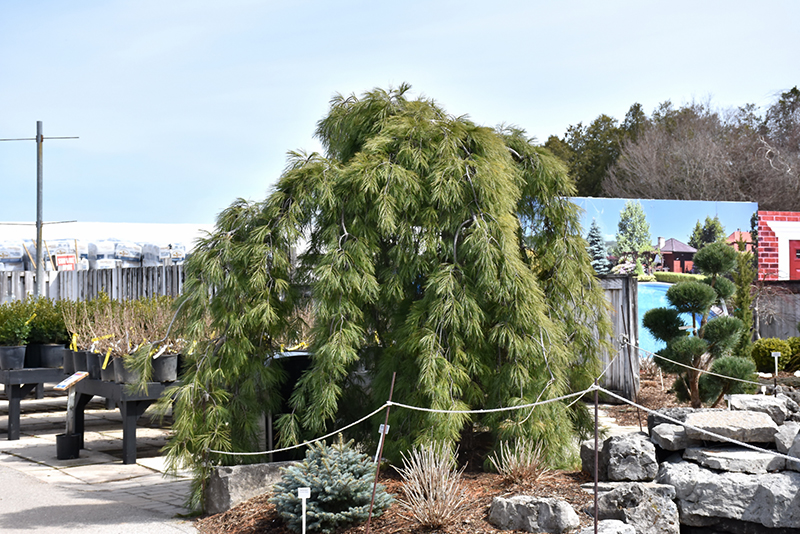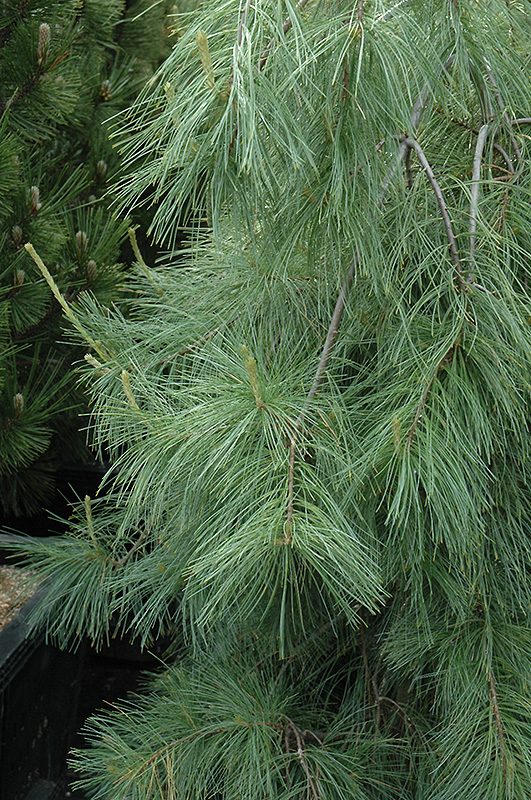
PLANT SEARCH
Height: 7 feet
Spread: 10 feet
Sunlight:
![]()
Hardiness Zone: 3
Other Names: Eastern White Pine
Description:
A weeping and trailing shrub or small tree, very unlike the species; features soft blue needles, tends to crawl along the ground and over rocks or walls, or forms a small weeping accent plant if trained on a standard; beautiful if properly grown
Ornamental Features
Weeping White Pine is a dwarf conifer which is primarily valued in the landscape or garden for its highly ornamental weeping form. It has attractive bluish-green evergreen foliage. The needles are highly ornamental and remain bluish-green throughout the winter.
Landscape Attributes
Weeping White Pine is a multi-stemmed evergreen shrub with a rounded form and gracefully weeping branches. Its relatively fine texture sets it apart from other landscape plants with less refined foliage.
This shrub will require occasional maintenance and upkeep. When pruning is necessary, it is recommended to only trim back the new growth of the current season, other than to remove any dieback. Gardeners should be aware of the following characteristic(s) that may warrant special consideration;
- Insects
- Disease
Weeping White Pine is recommended for the following landscape applications;
- Accent
- General Garden Use
Planting & Growing
Weeping White Pine will grow to be about 7 feet tall at maturity, with a spread of 10 feet. It has a low canopy with a typical clearance of 2 feet from the ground, and is suitable for planting under power lines. It grows at a slow rate, and under ideal conditions can be expected to live for 50 years or more.
This shrub should only be grown in full sunlight. It is very adaptable to both dry and moist growing conditions, but will not tolerate any standing water. It is not particular as to soil type, but has a definite preference for acidic soils, and is subject to chlorosis (yellowing) of the foliage in alkaline soils. It is quite intolerant of urban pollution, therefore inner city or urban streetside plantings are best avoided, and will benefit from being planted in a relatively sheltered location. This is a selection of a native North American species.


